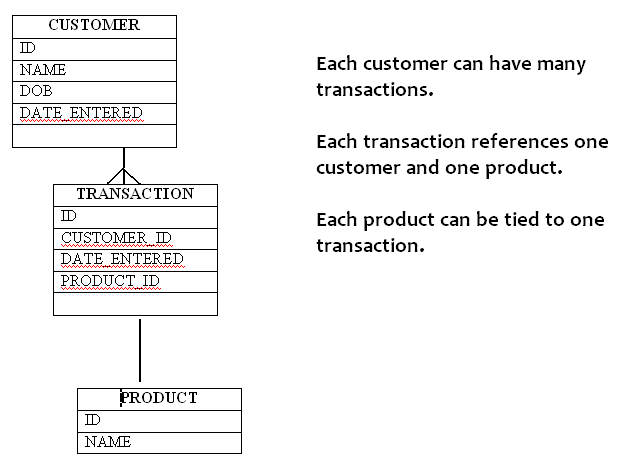exiled350
2[H]4U
- Joined
- Jun 26, 2013
- Messages
- 2,669
I'm having a hell of a time googling an answer because I really can't formulate a good search query. What I'm looking to do is have a table with personal information in it, then reference a person in another table to have transactional data related to them. The people will rarely change but they need to have things like payments, orders, etc attached to them. Transactions won't be summated, they will be discrete and timestamped. Any ideas or links to resources would be greatly appreciated.
![[H]ard|Forum](/styles/hardforum/xenforo/logo_dark.png)

